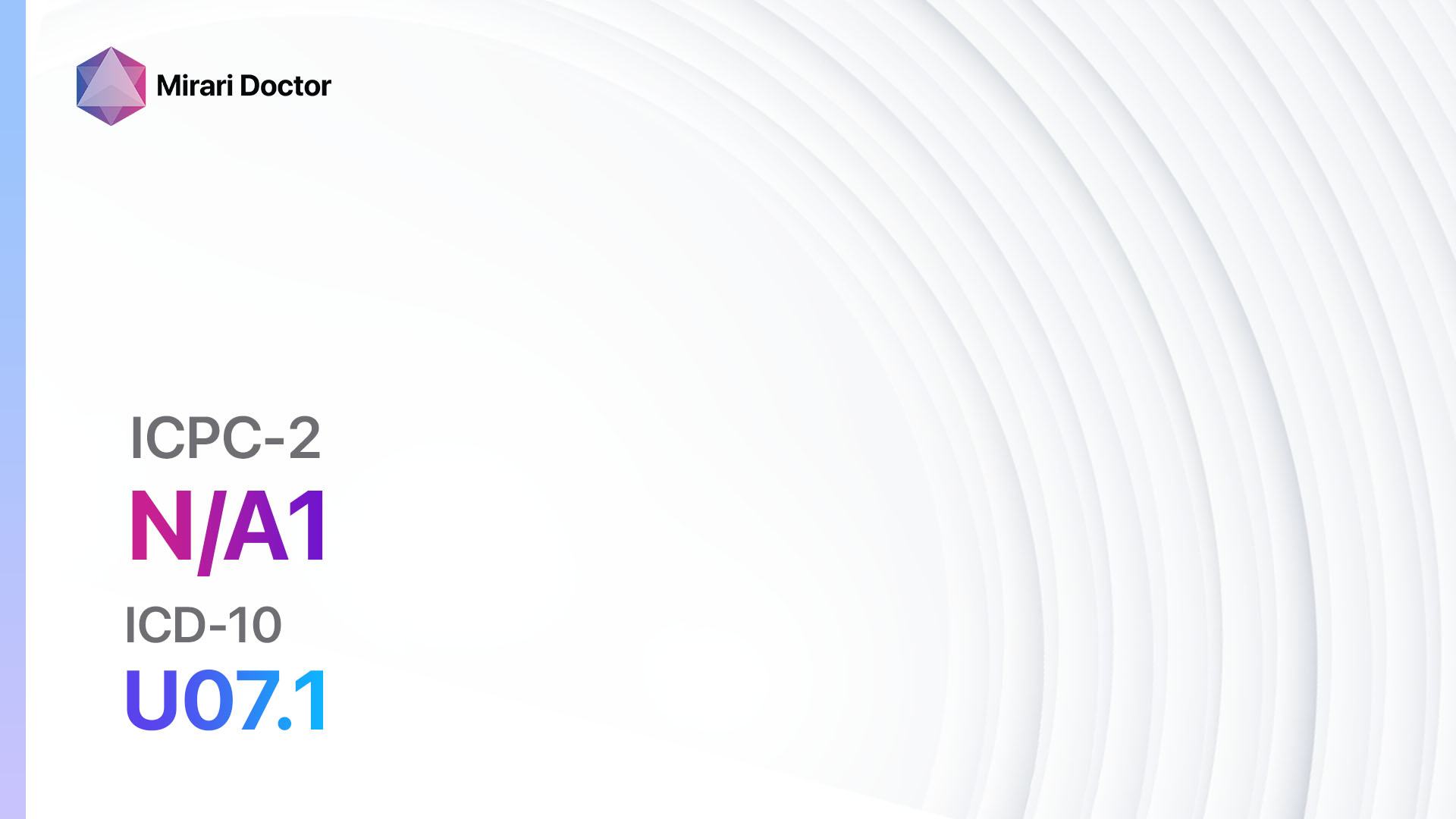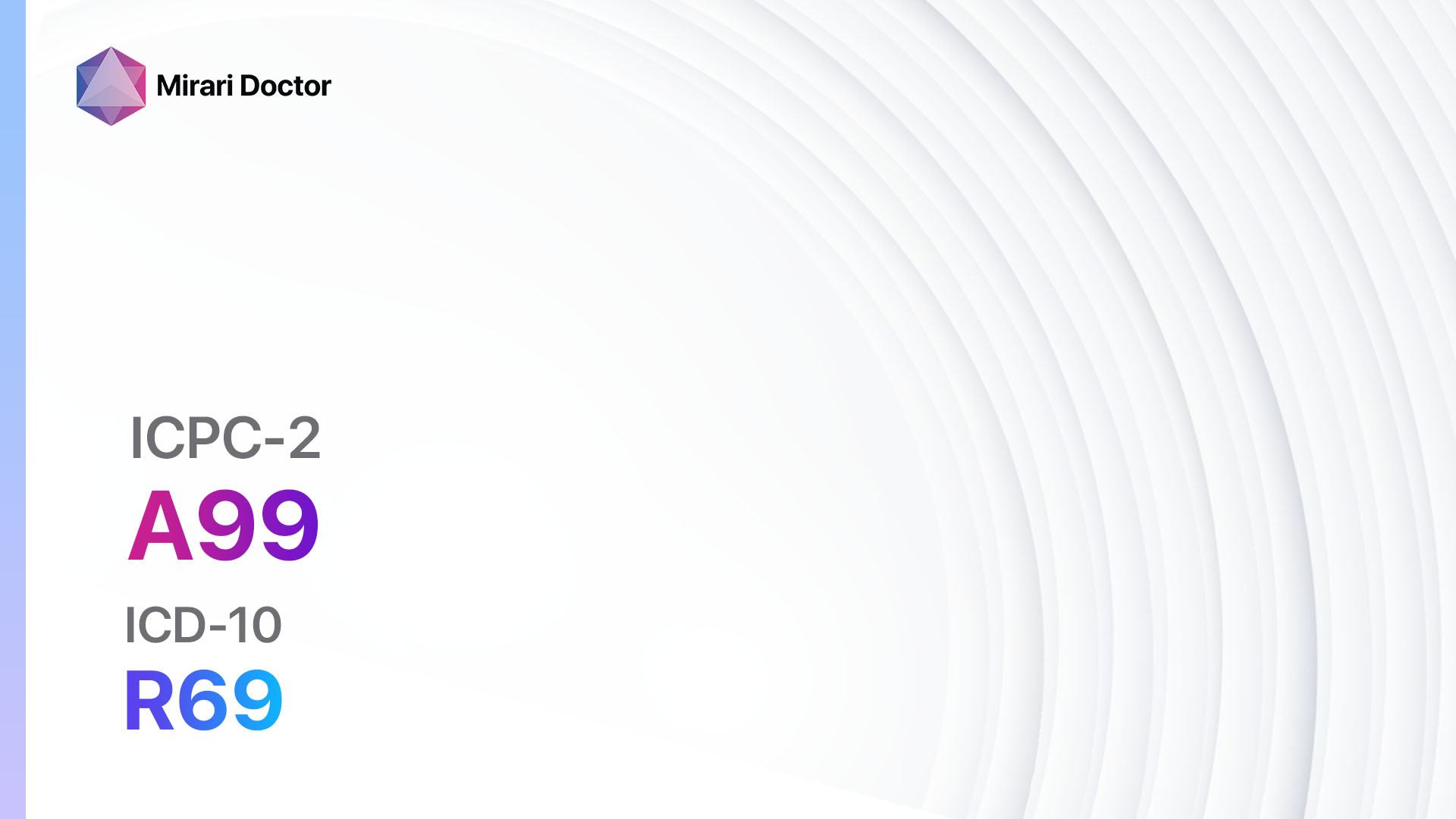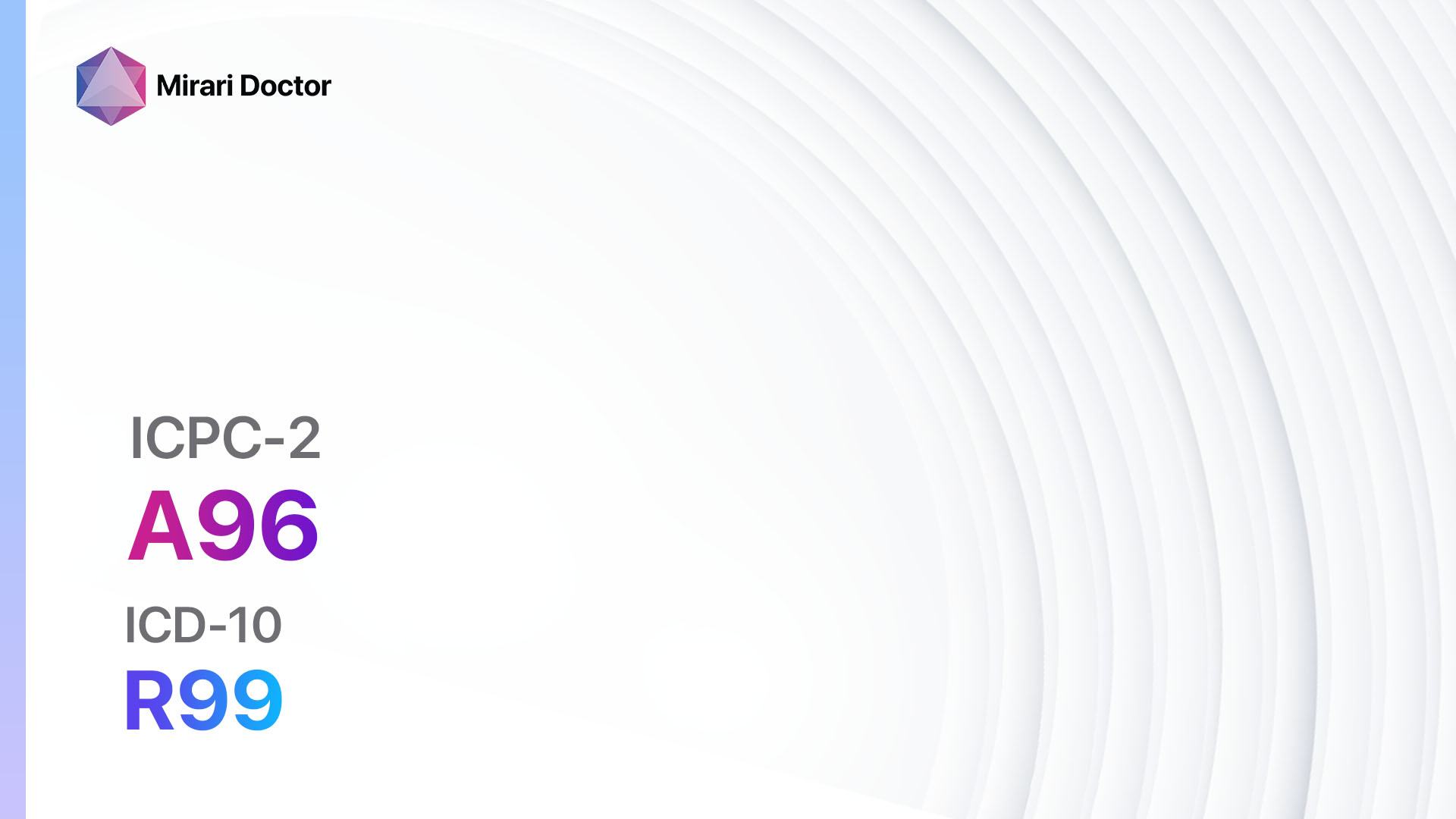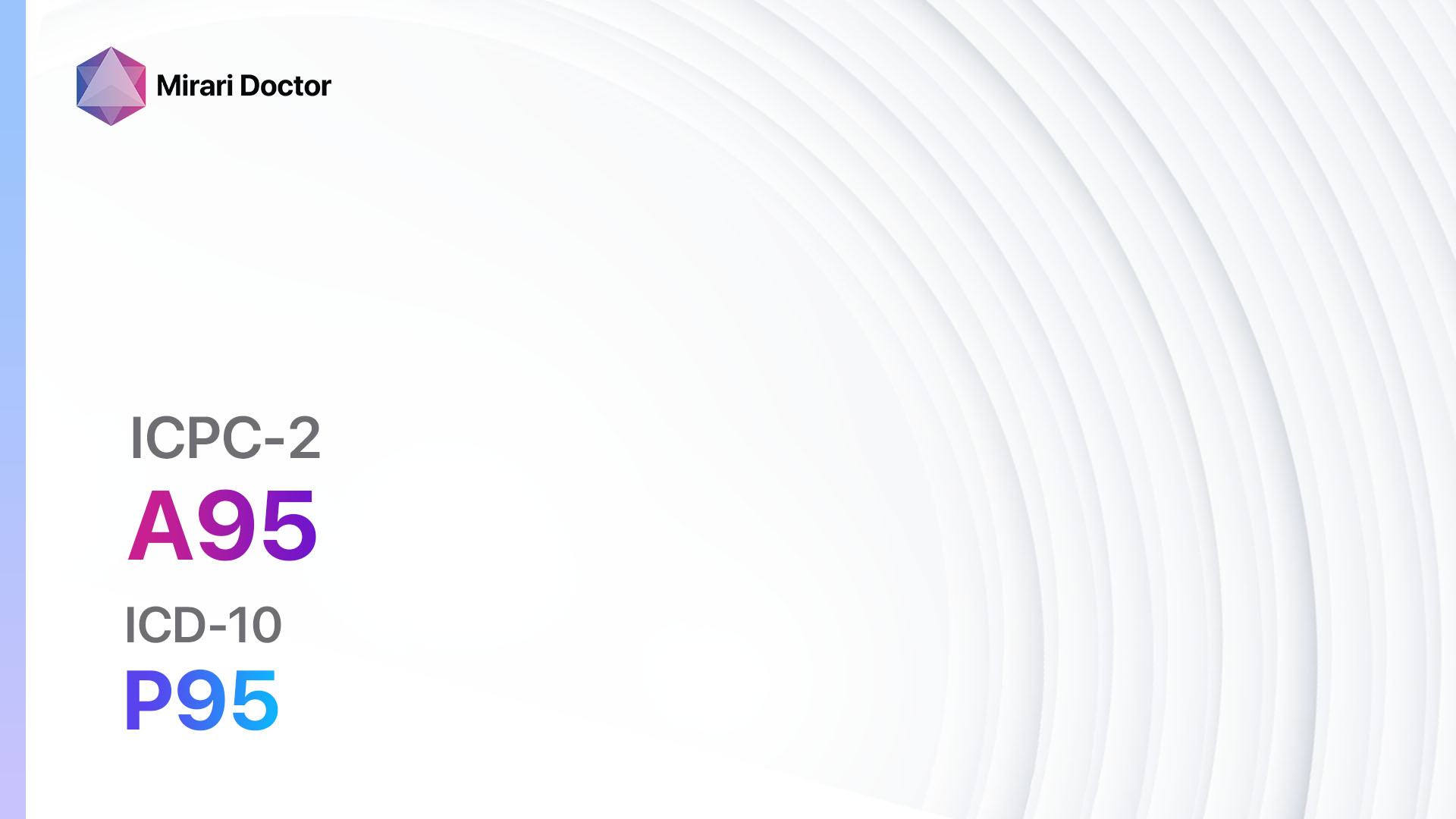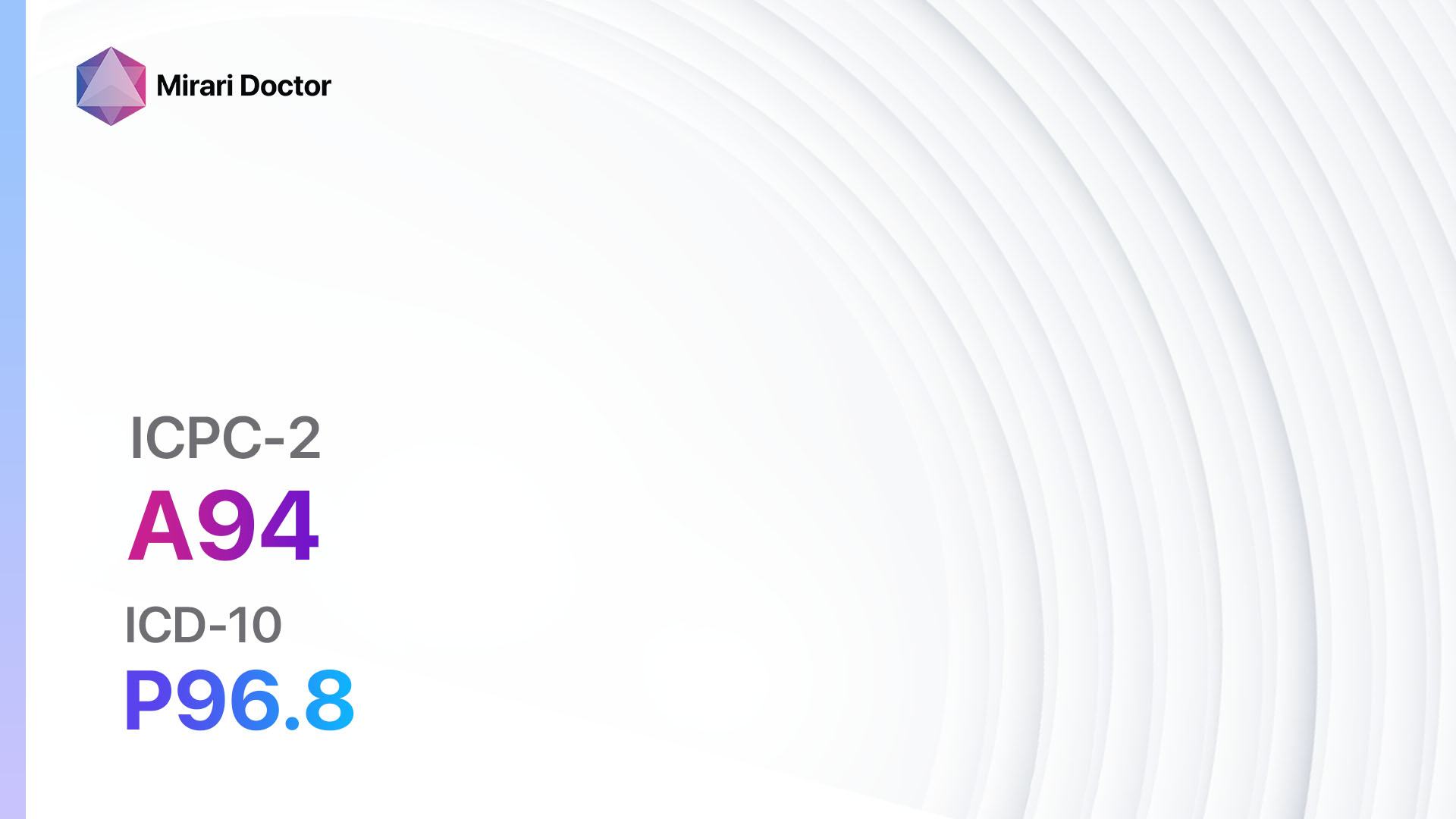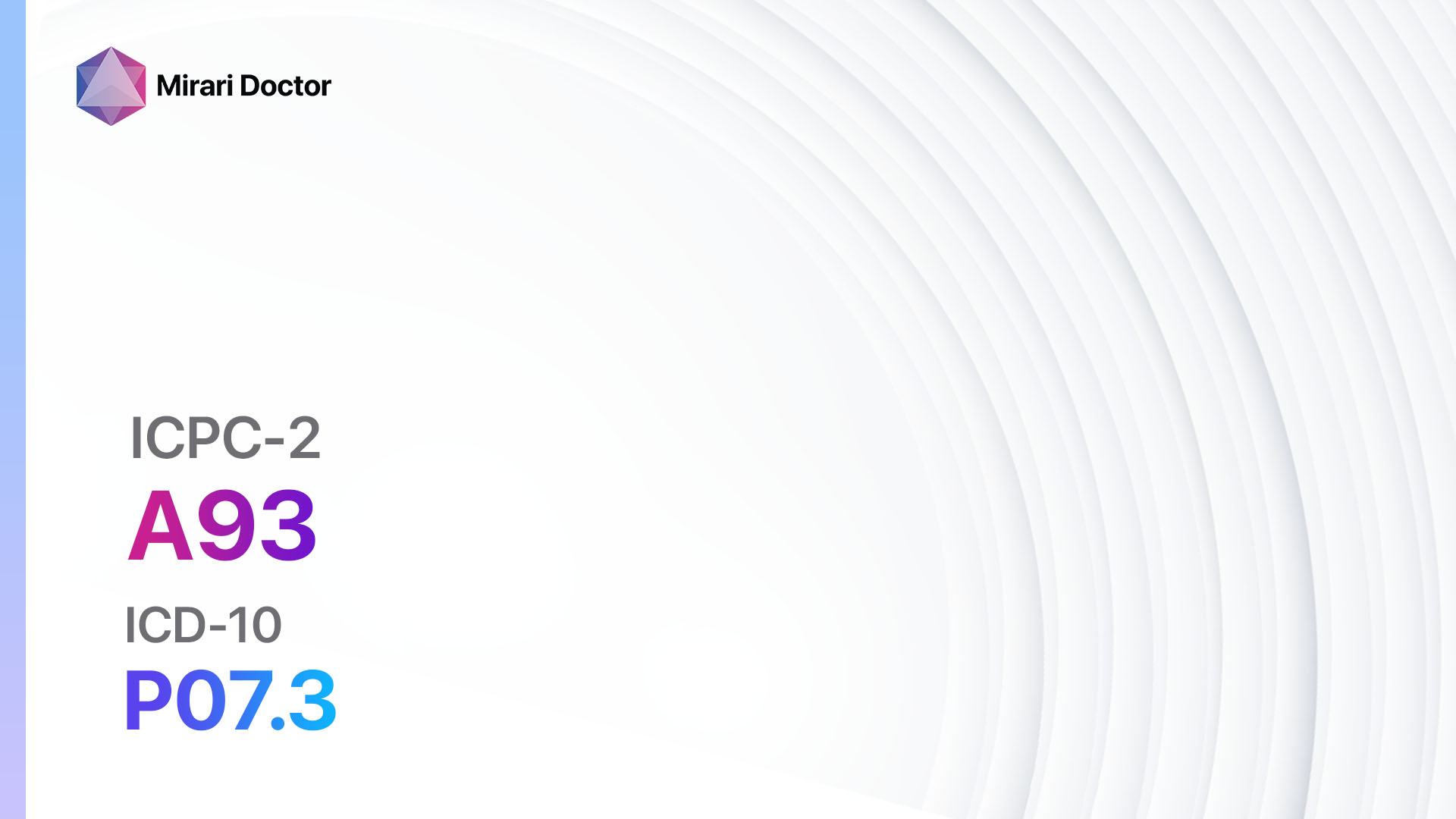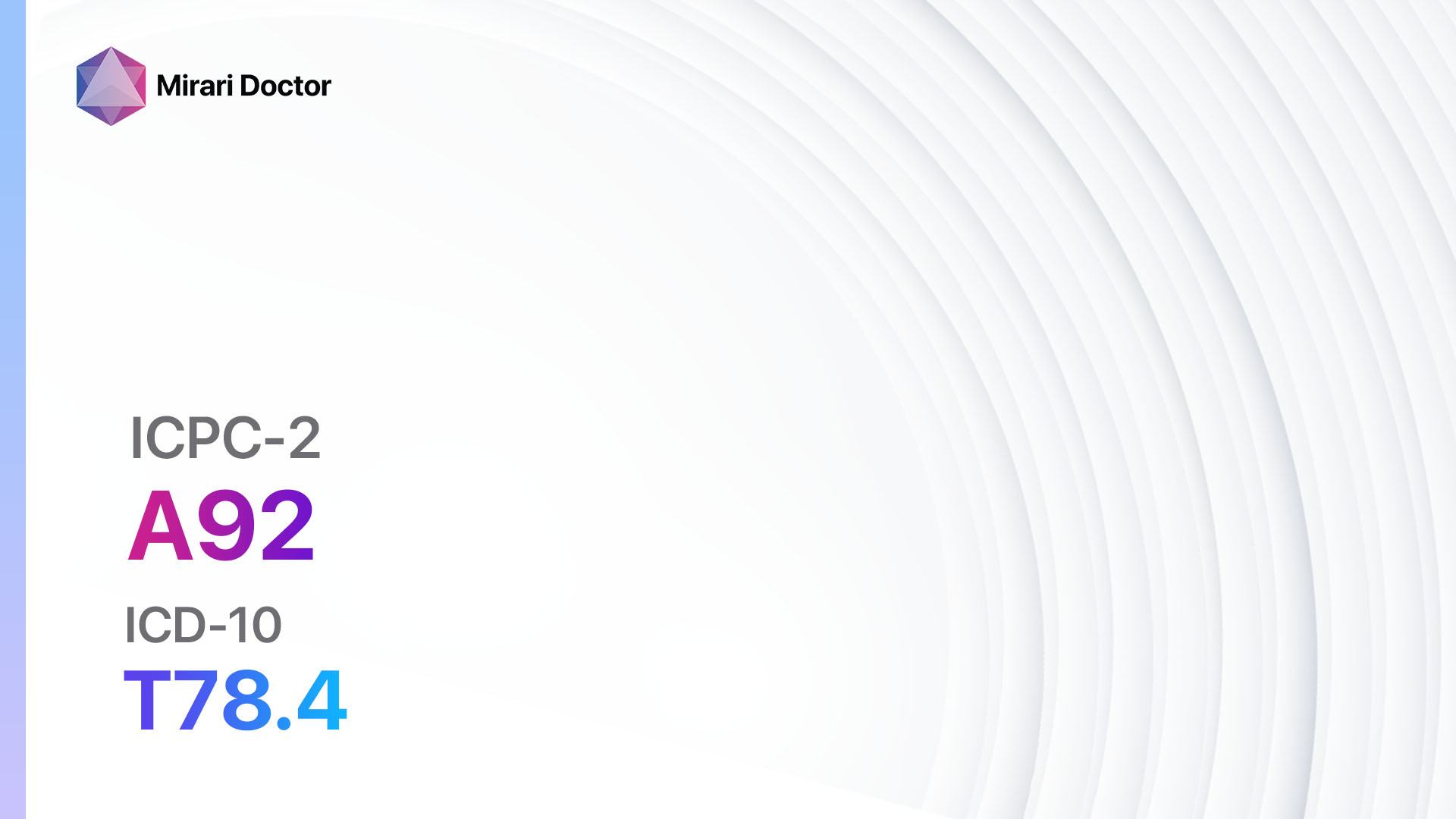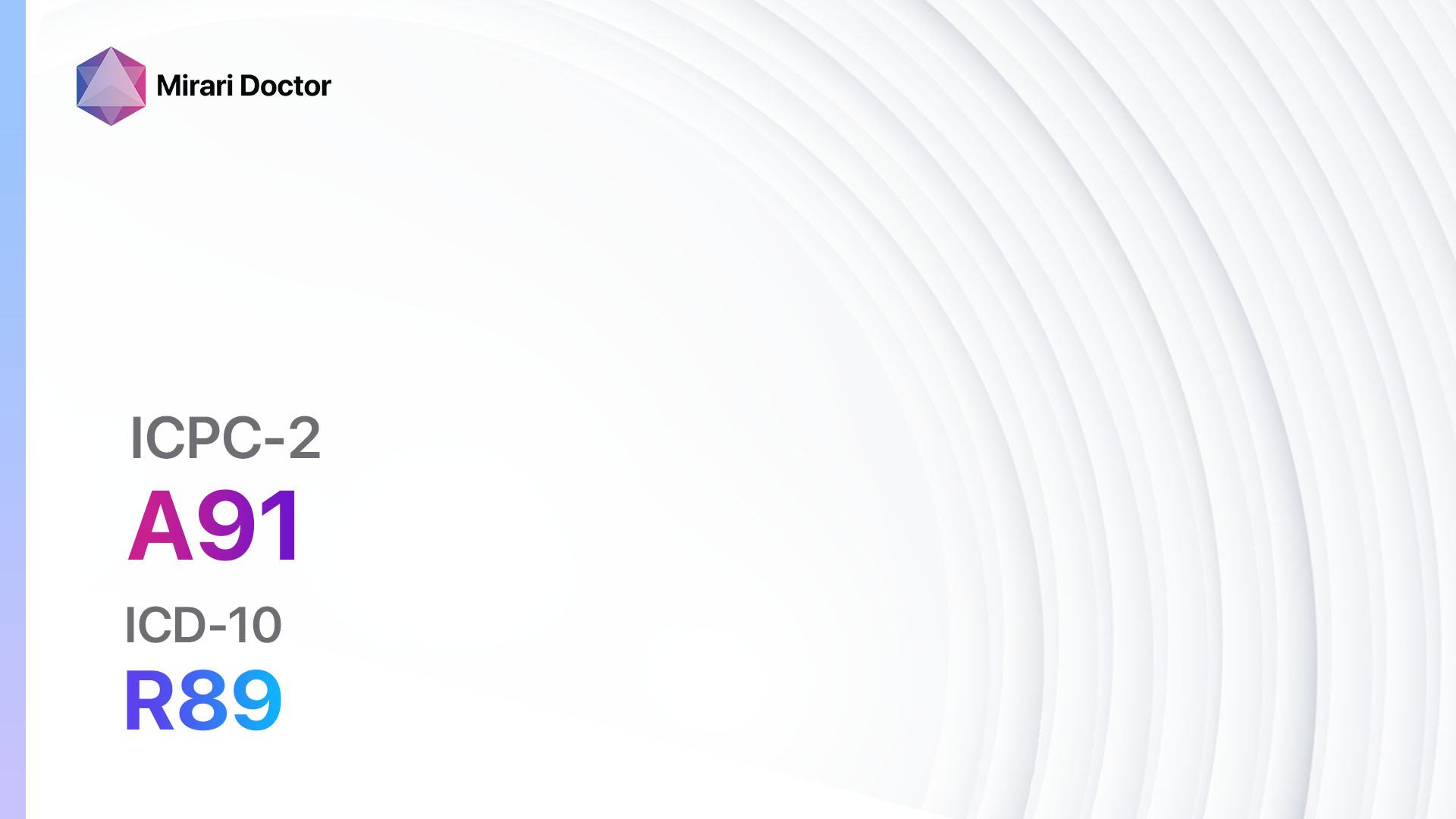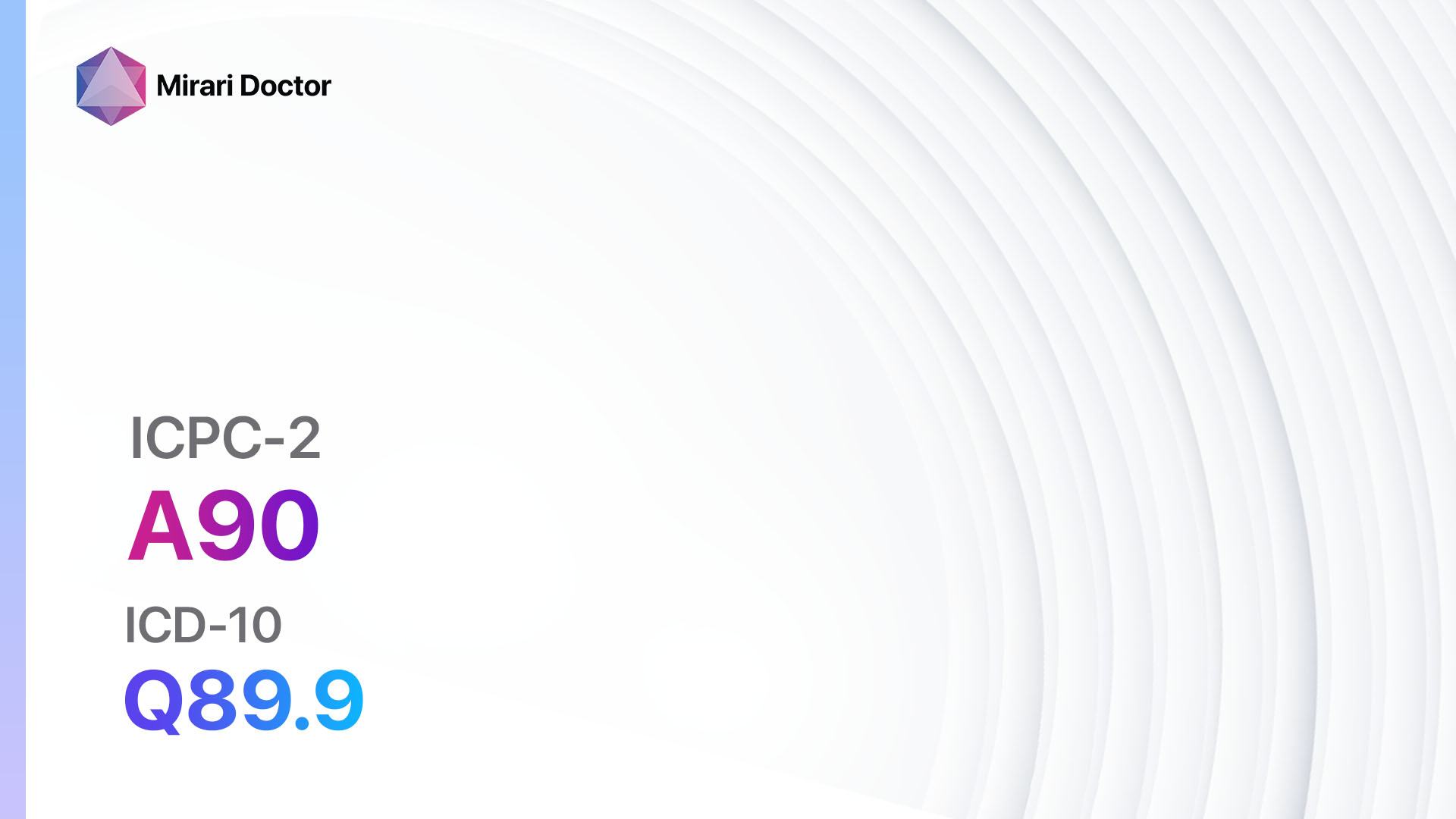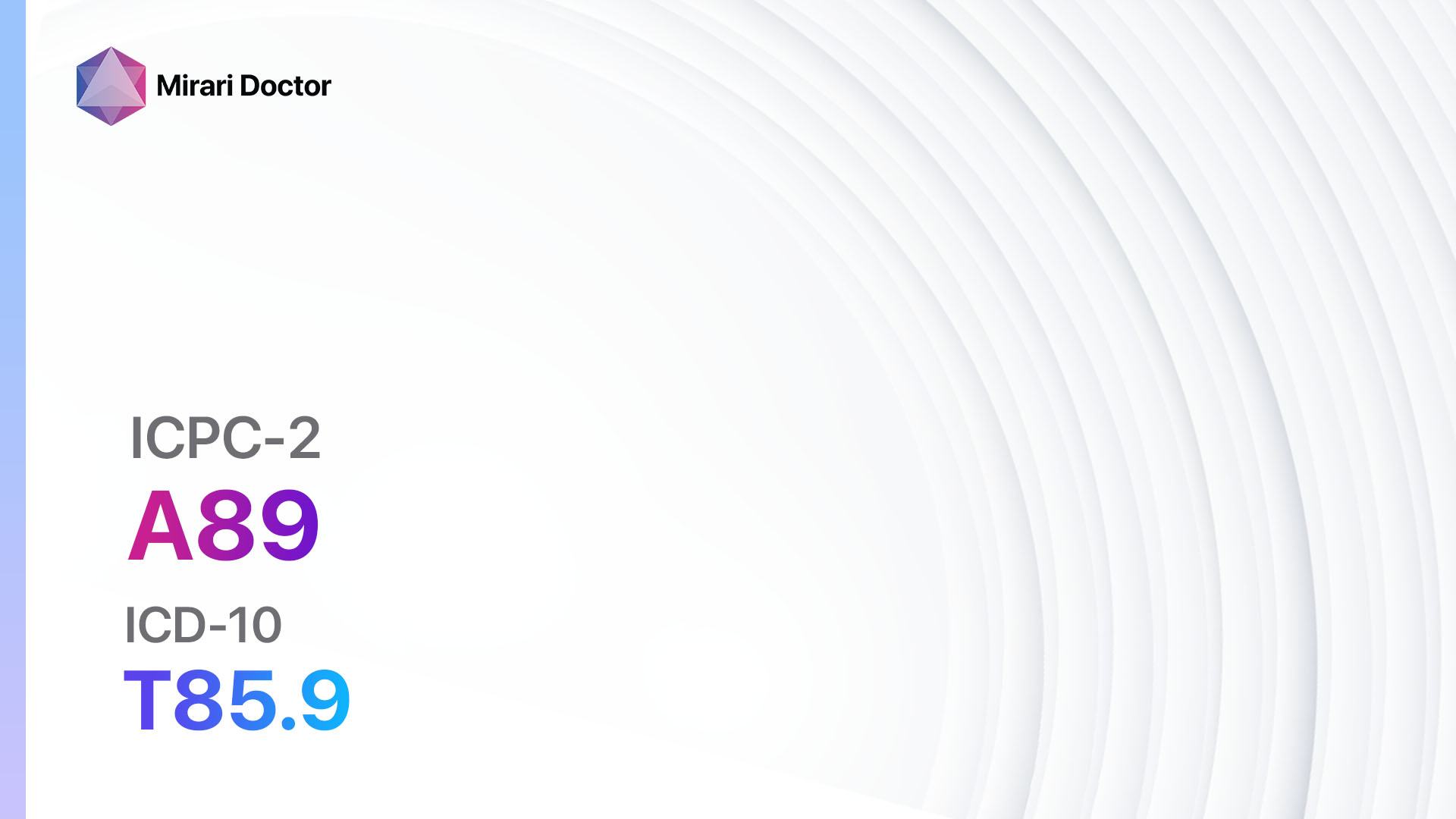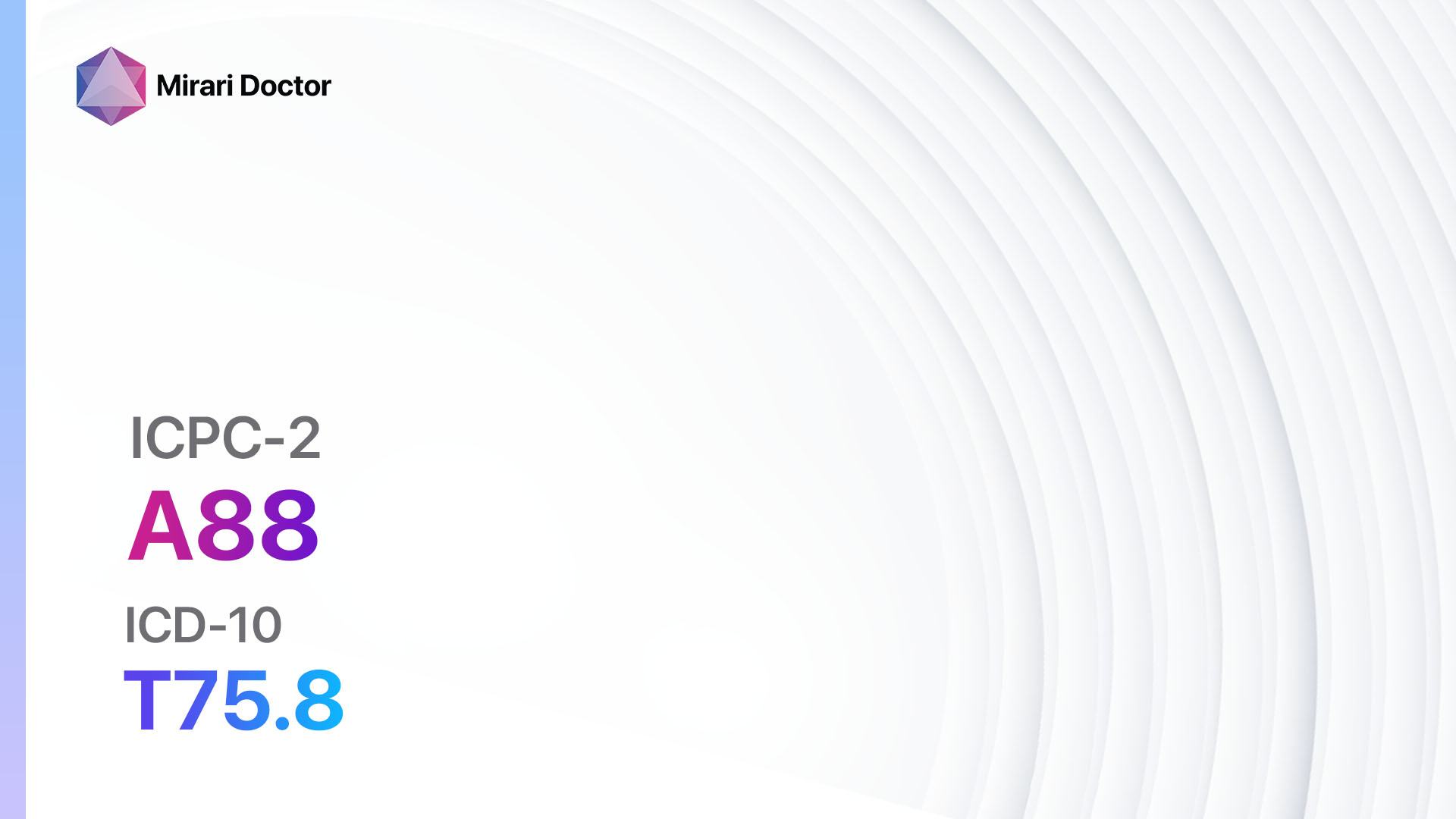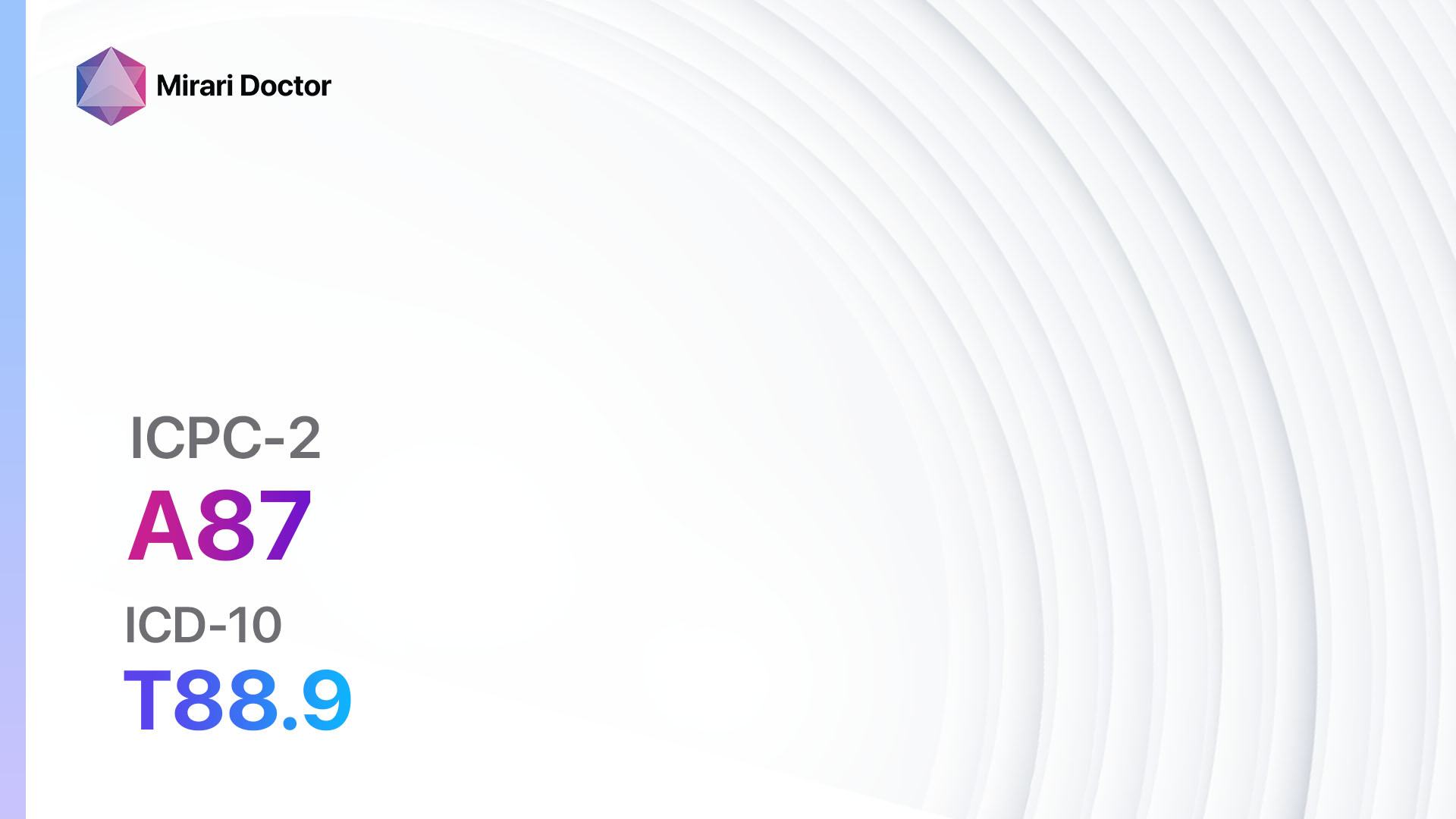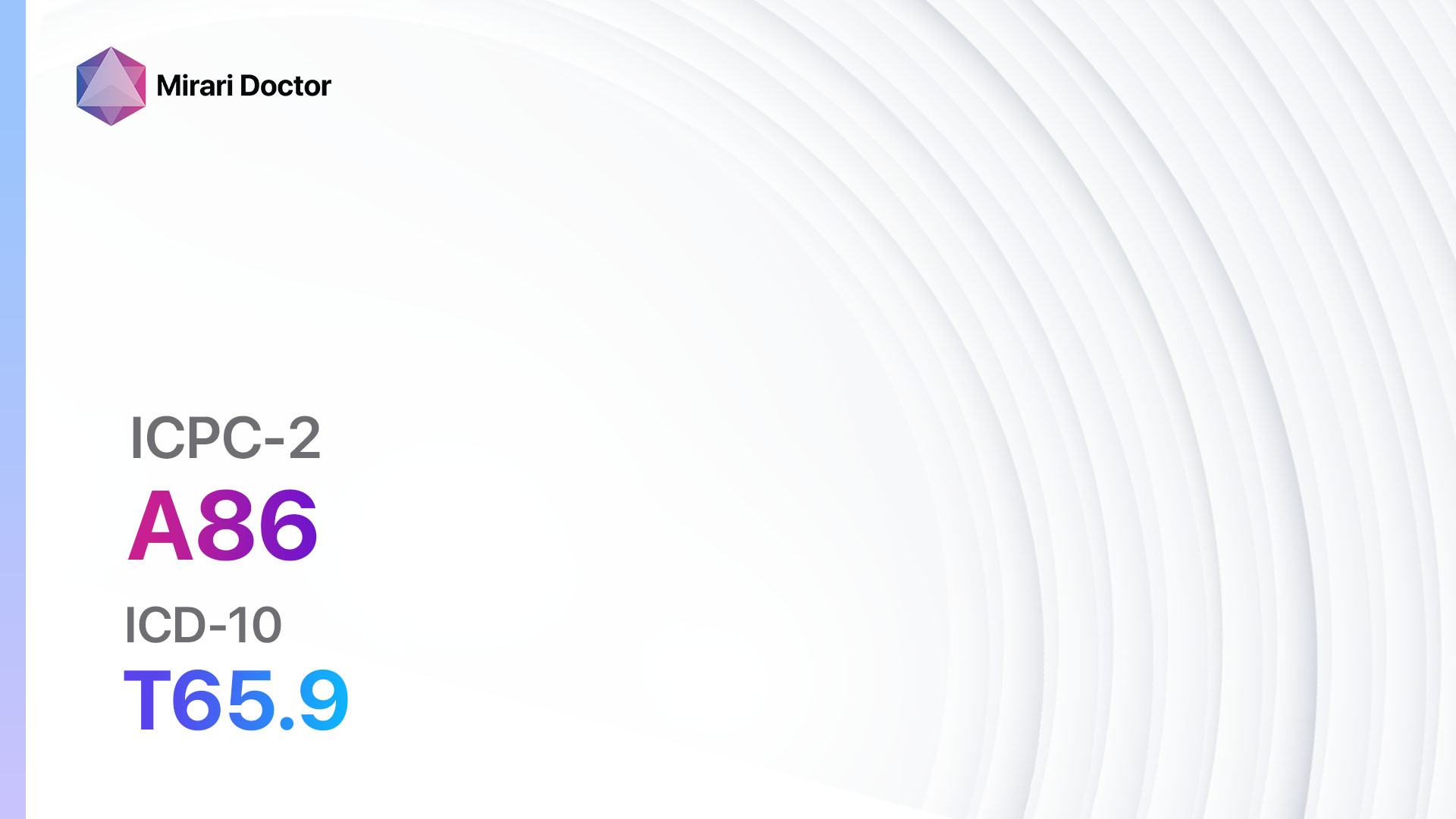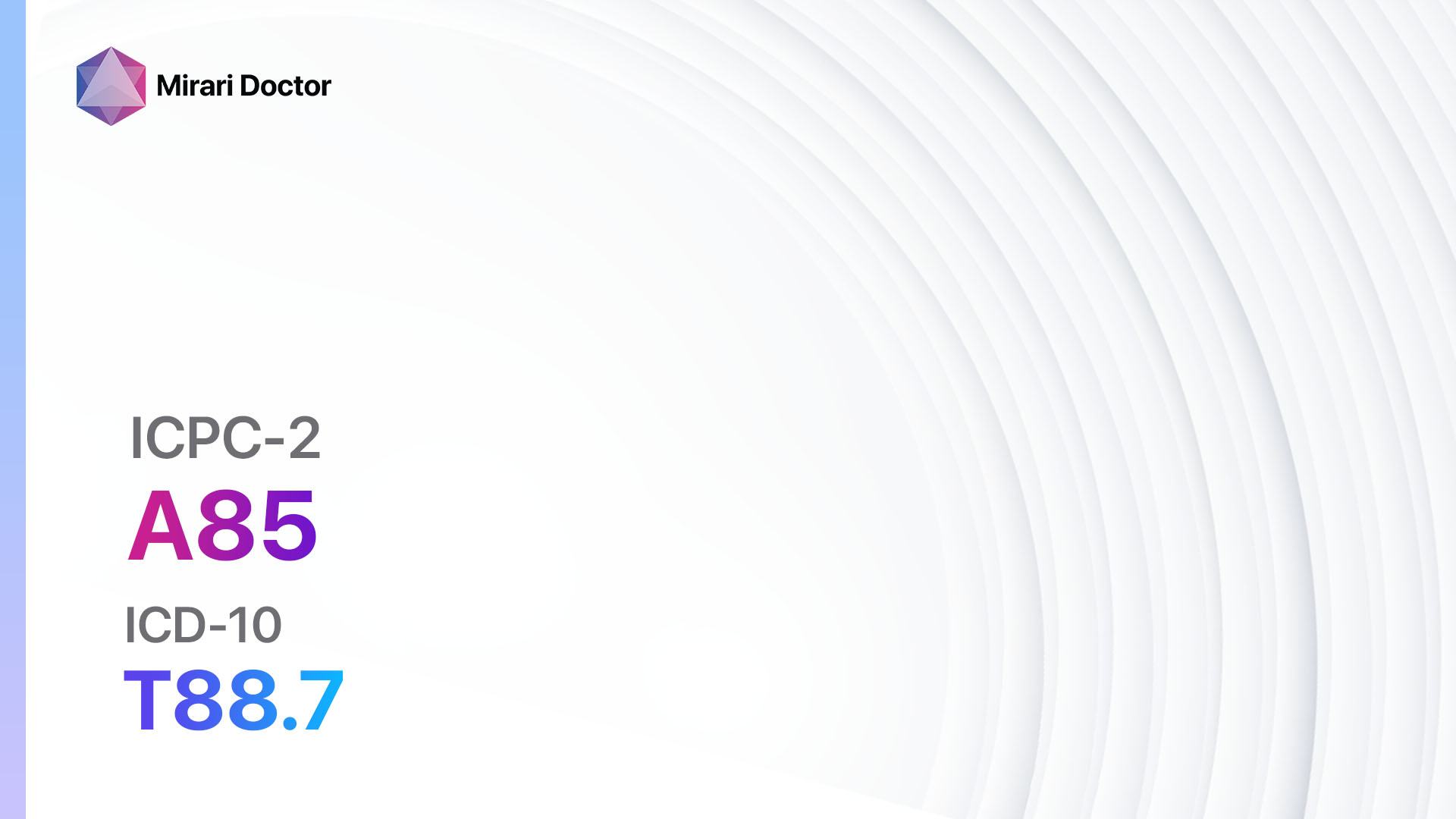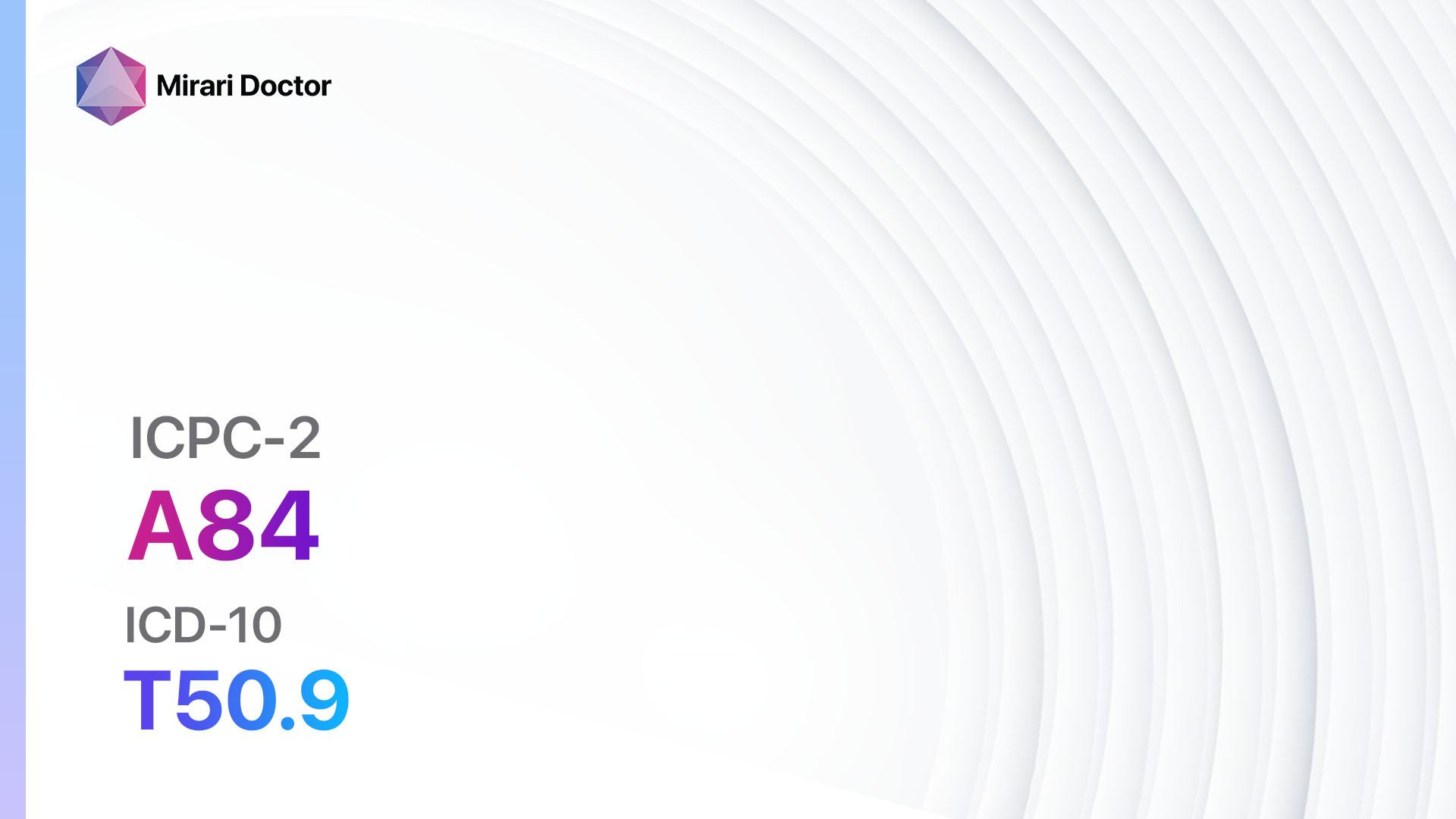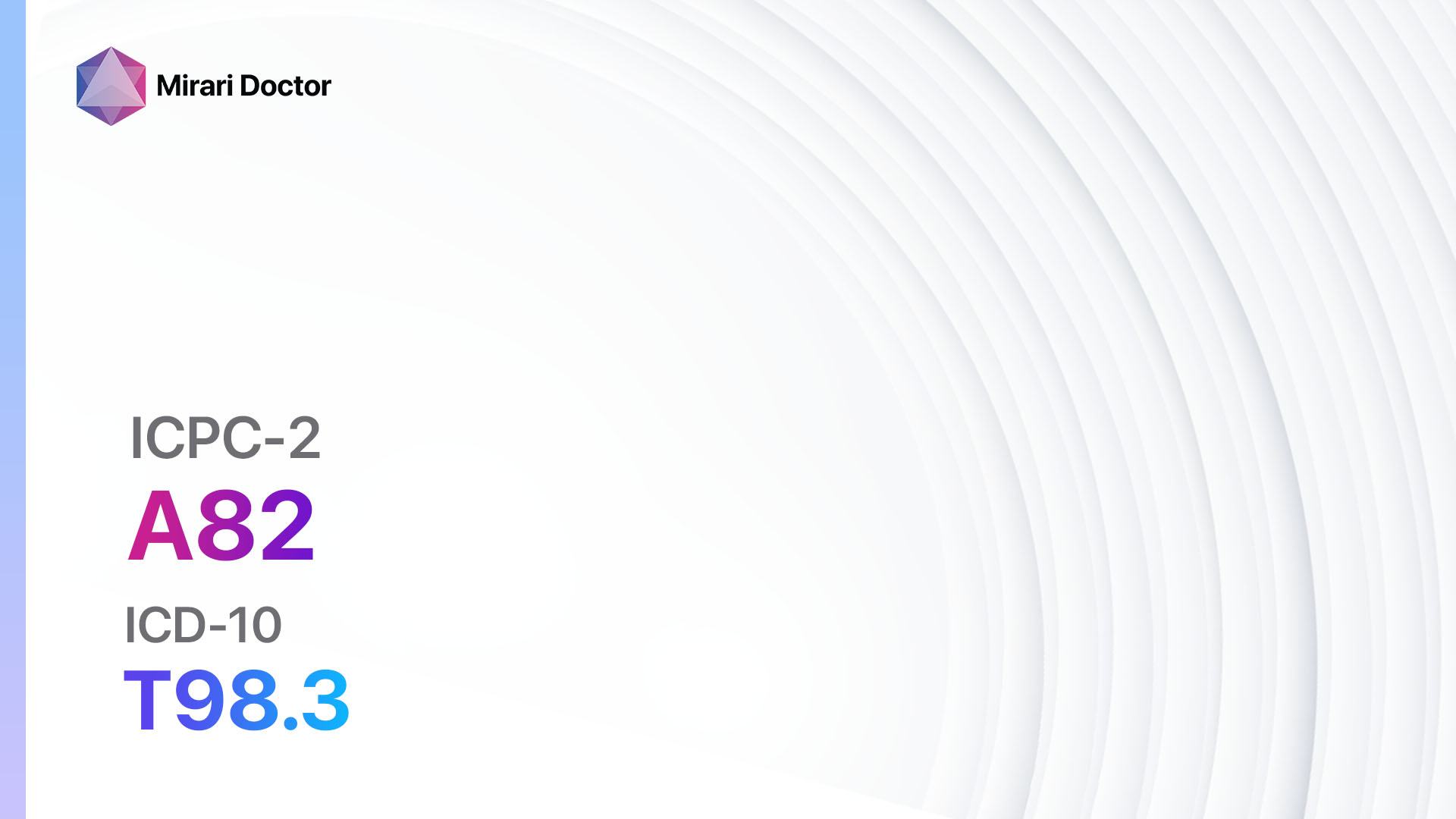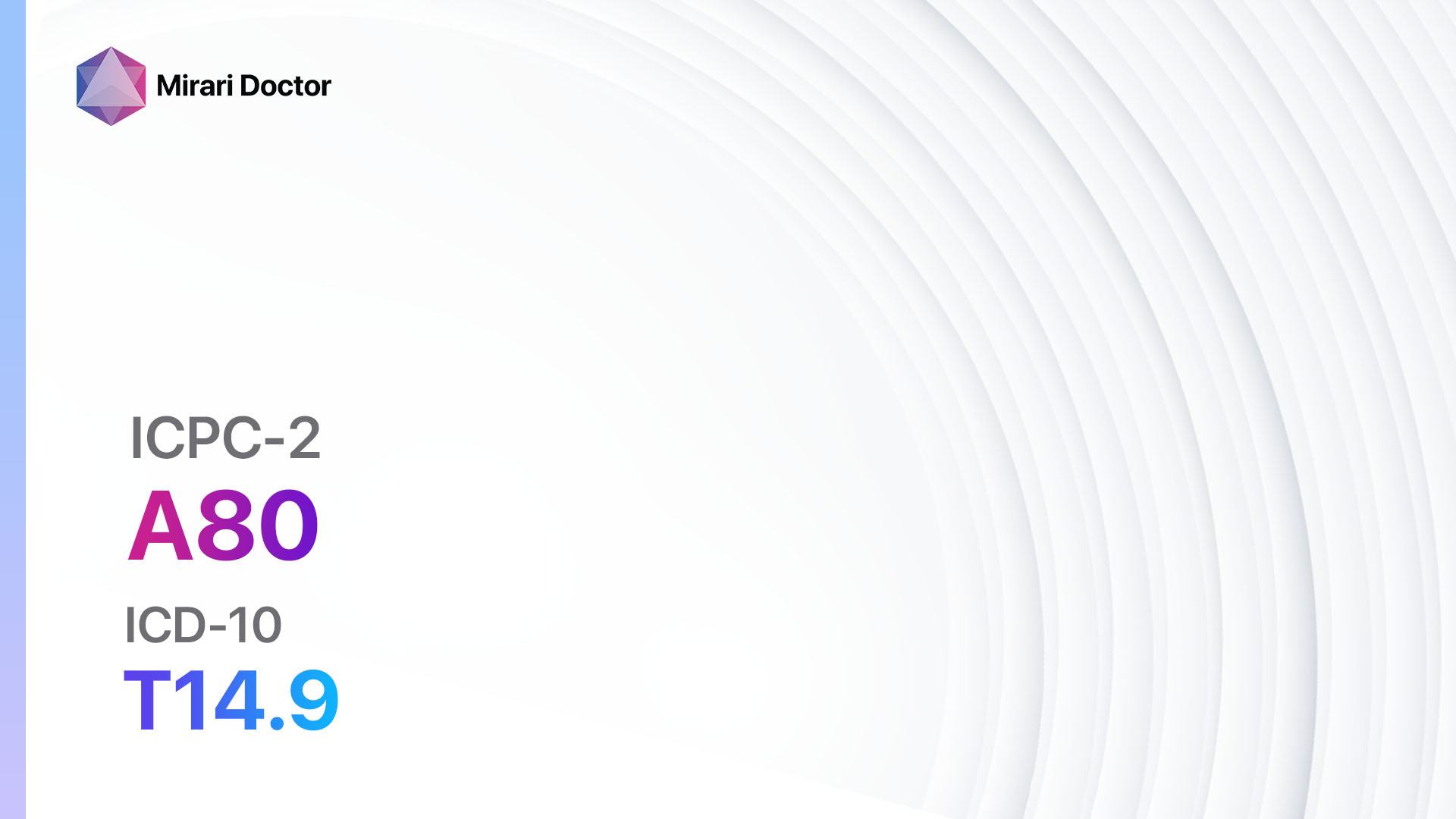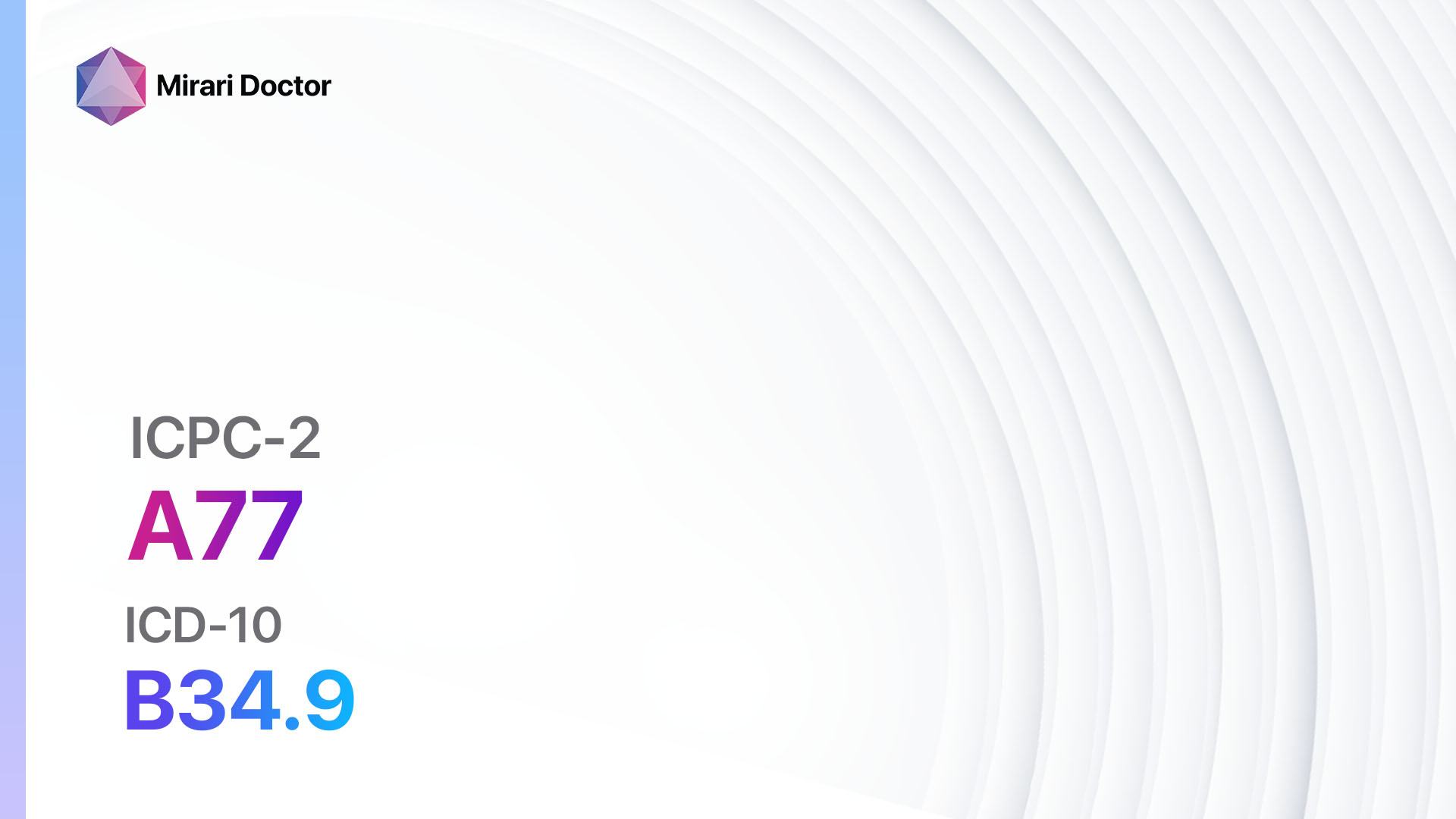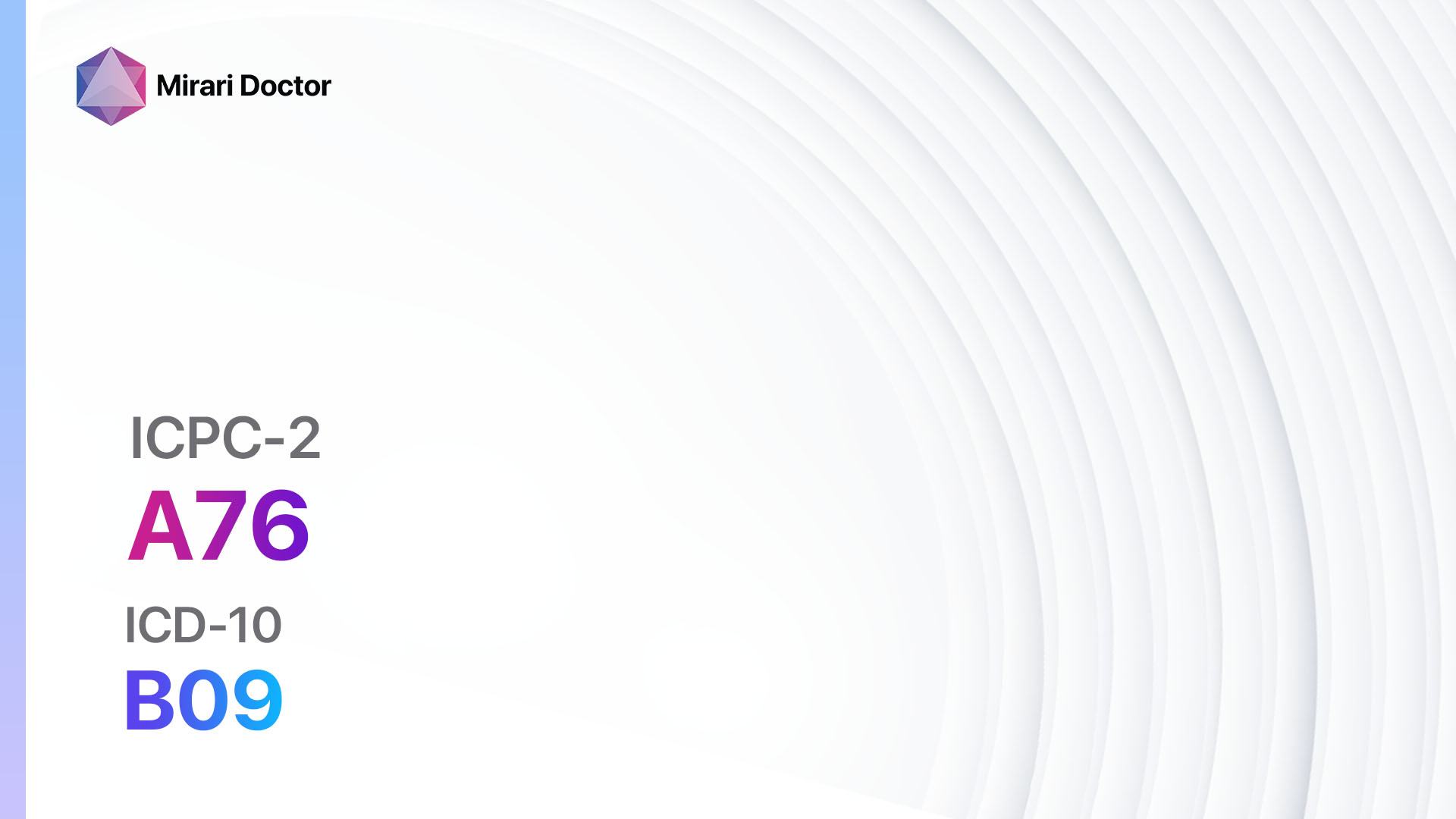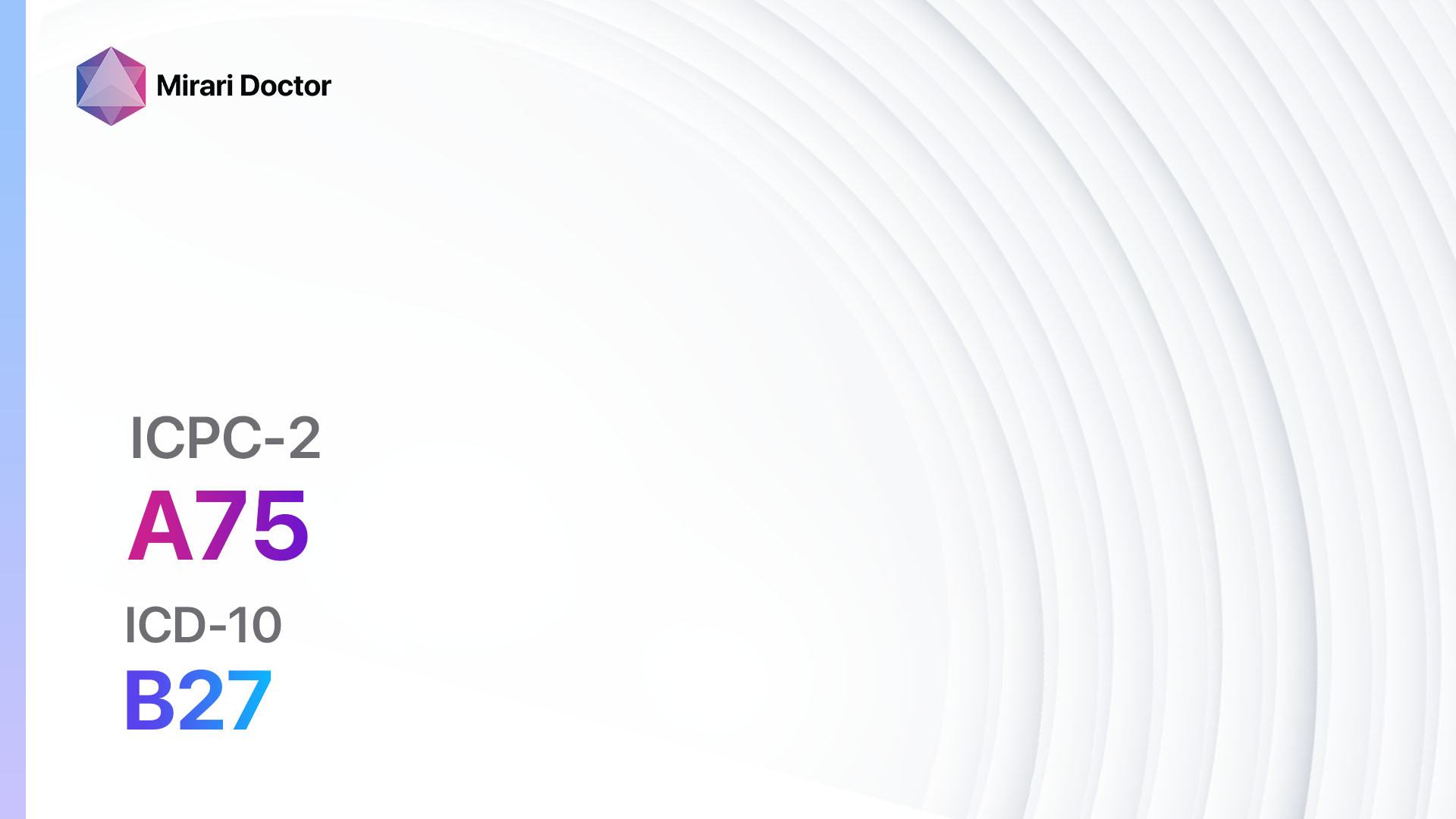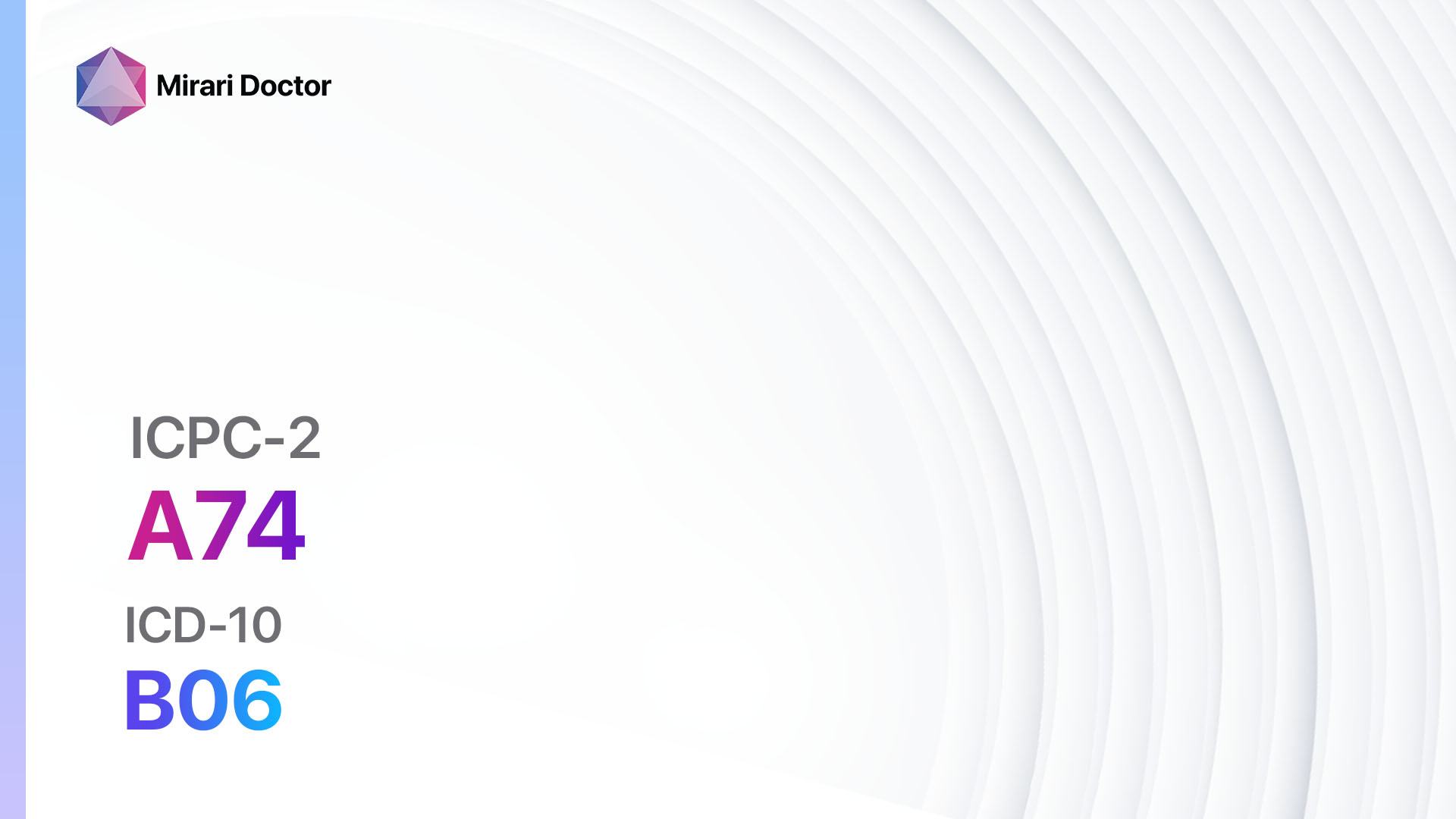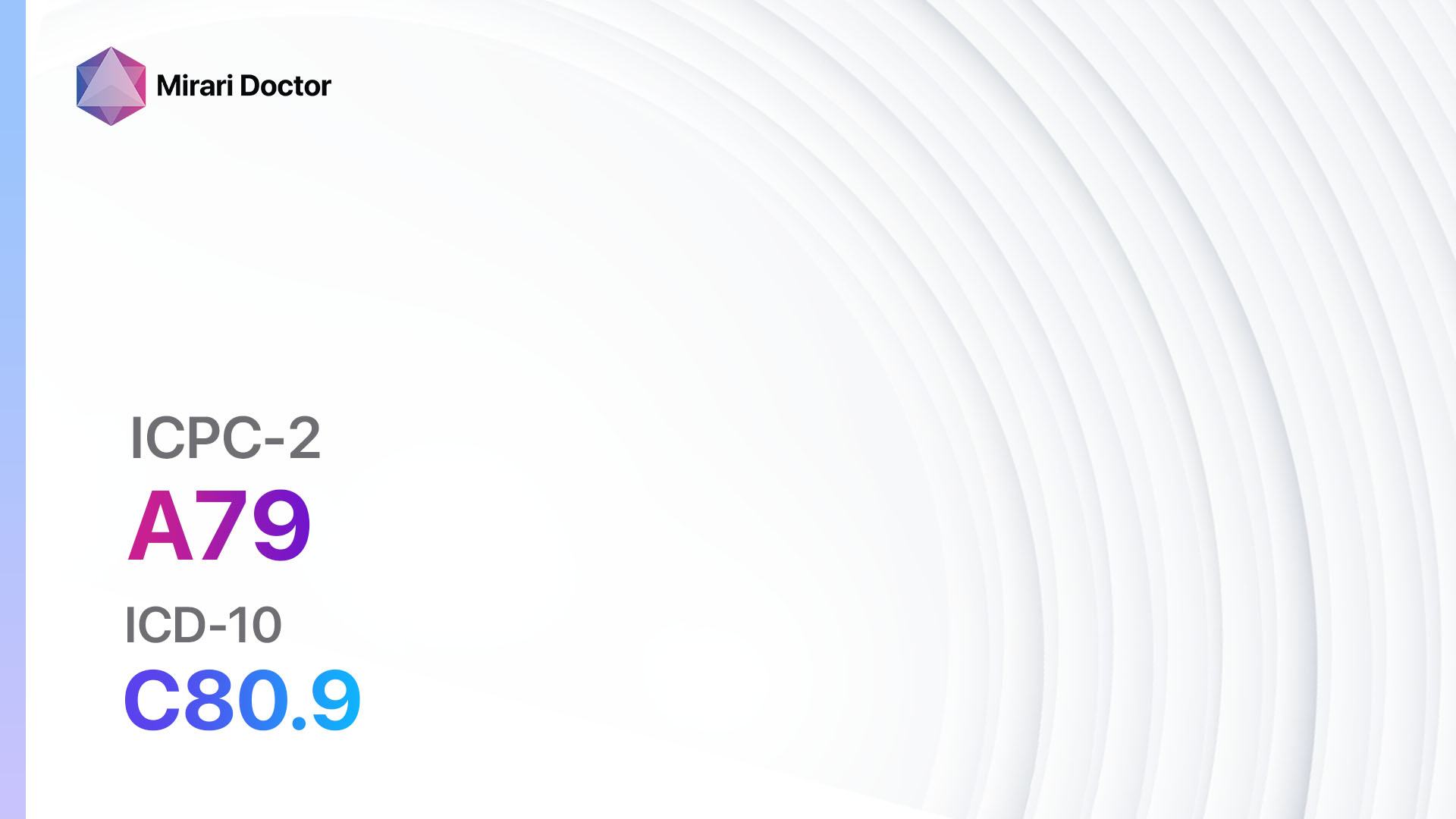
Introduction
Malignancy NOS (Not Otherwise Specified) refers to a type of cancer where the specific type or origin of the malignancy is unknown or cannot be determined[1]. This can present challenges in diagnosis and treatment planning. The aim of this guide is to provide a comprehensive overview of the diagnostic steps, possible interventions, and patient education for Malignancy NOS.
Codes
Symptoms
- Unexplained weight loss[4]
- Fatigue and weakness[5]
- Persistent pain[6]
- Changes in the skin, such as darkening or yellowing[7]
- Changes in bowel or bladder habits[8]
- Difficulty swallowing[9]
- Persistent cough or hoarseness[10]
Causes
The exact causes of Malignancy NOS are unknown, but several factors may contribute to its development:
- Genetic mutations
- Exposure to carcinogens, such as tobacco smoke or certain chemicals
- Family history of cancer
- Age
- Weakened immune system
- Hormonal factors
Diagnostic Steps
Medical History
- Gather information about the patient’s personal and family medical history, including any previous cancer diagnoses.
- Identify any risk factors, such as smoking, exposure to radiation, or occupational hazards.
- Assess the patient’s symptoms and their duration.
Physical Examination
- Perform a thorough physical examination, paying attention to any abnormal findings, such as lumps or masses.
- Check for enlarged lymph nodes.
- Examine the skin for any changes or lesions.
Laboratory Tests
- Complete blood count (CBC) to assess for any abnormalities, such as anemia or abnormal white blood cell counts.
- Comprehensive metabolic panel (CMP) to evaluate organ function and detect any abnormalities.
- Tumor markers, such as prostate-specific antigen (PSA) or CA-125, may be ordered based on the suspected site of malignancy.
Diagnostic Imaging
- X-rays: Used to visualize bones and detect any abnormalities or tumors.
- Ultrasound: Provides detailed images of internal organs and can help identify masses or tumors.
- CT scan: Provides cross-sectional images of the body and can detect tumors or abnormalities in various organs.
- MRI: Uses magnetic fields and radio waves to create detailed images of soft tissues and can help identify tumors or abnormalities.
Other Tests
- Biopsy: A sample of tissue is taken for examination under a microscope to determine if cancer cells are present.
- Endoscopy: A flexible tube with a camera is used to visualize the inside of the body and collect tissue samples if necessary.
- Genetic testing: May be recommended to identify any genetic mutations that may increase the risk of developing cancer.
Follow-up and Patient Education
- Schedule regular follow-up appointments to monitor the patient’s condition and response to treatment.
- Provide education on the importance of early detection and screening for cancer.
- Discuss lifestyle modifications, such as smoking cessation and maintaining a healthy diet and weight.
- Offer emotional support and resources for coping with a cancer diagnosis.
Possible Interventions
Traditional Interventions
Medications:
Top 5 drugs for Malignancy NOS:
- Chemotherapy:
- Cost: Varies depending on the specific drugs used and treatment regimen.
- Contraindications: Dependent on the specific chemotherapy drugs and the patient’s overall health status.
- Side effects: Nausea, vomiting, hair loss, fatigue, decreased blood cell counts.
- Severe side effects: Increased risk of infection, organ damage, secondary malignancies.
- Drug interactions: Dependent on the specific chemotherapy drugs used.
- Warning: Requires close monitoring and management of side effects.
- Immunotherapy:
- Cost: Varies depending on the specific drugs used and treatment regimen.
- Contraindications: Dependent on the specific immunotherapy drugs and the patient’s overall health status.
- Side effects: Fatigue, flu-like symptoms, skin reactions, autoimmune reactions.
- Severe side effects: Severe allergic reactions, organ damage.
- Drug interactions: Dependent on the specific immunotherapy drugs used.
- Warning: Requires close monitoring and management of side effects.
- Targeted therapy:
- Cost: Varies depending on the specific drugs used and treatment regimen.
- Contraindications: Dependent on the specific targeted therapy drugs and the patient’s overall health status.
- Side effects: Fatigue, nausea, diarrhea, skin reactions.
- Severe side effects: Liver toxicity, heart problems.
- Drug interactions: Dependent on the specific targeted therapy drugs used.
- Warning: Requires close monitoring and management of side effects.
- Hormone therapy:
- Cost: Varies depending on the specific drugs used and treatment regimen.
- Contraindications: Dependent on the specific hormone therapy drugs and the patient’s overall health status.
- Side effects: Hot flashes, fatigue, mood changes, decreased libido.
- Severe side effects: Blood clots, stroke, heart problems.
- Drug interactions: Dependent on the specific hormone therapy drugs used.
- Warning: Requires close monitoring and management of side effects.
- Radiation therapy:
- Cost: Varies depending on the specific treatment regimen and duration.
- Contraindications: Dependent on the specific site of radiation and the patient’s overall health status.
- Side effects: Fatigue, skin changes, hair loss, nausea.
- Severe side effects: Damage to surrounding tissues, secondary malignancies.
- Drug interactions: Dependent on the specific medications used during radiation therapy.
- Warning: Requires close monitoring and management of side effects.
Alternative Drugs:
- Palliative care medications: Used to manage symptoms and improve quality of life in advanced or terminal cancer cases.
- Pain medications: Prescribed to manage cancer-related pain, such as opioids or nonsteroidal anti-inflammatory drugs (NSAIDs).
- Anti-emetics: Used to control nausea and vomiting associated with chemotherapy or radiation therapy.
- Blood cell growth factors: Administered to stimulate the production of blood cells and reduce the risk of infection or anemia.
Surgical Procedures:
- Biopsy: A surgical procedure to remove a sample of tissue for examination and diagnosis.
- Tumor resection: Surgical removal of the tumor and surrounding tissues.
- Lymph node dissection: Removal of nearby lymph nodes to assess for spread of cancer.
- Cytoreductive surgery: Removal of as much tumor mass as possible to improve the effectiveness of other treatments.
- Palliative surgery: Surgical procedures performed to relieve symptoms or improve quality of life in advanced or terminal cancer cases.
Alternative Interventions
- Acupuncture: May help manage cancer-related symptoms, such as pain, nausea, and fatigue. Cost: $60-$120 per session.
- Herbal supplements: Some herbal supplements, such as turmeric or green tea extract, may have potential benefits in cancer prevention or symptom management. Cost: Varies depending on the specific supplement.
- Mind-body techniques: Practices like meditation, yoga, or tai chi may help reduce stress and improve overall well-being. Cost: Varies depending on the specific practice and location.
- Dietary modifications: A healthy diet rich in fruits, vegetables, and whole grains may help support overall health and reduce the risk of cancer. Cost: Varies depending on food choices and availability.
- Exercise: Regular physical activity can improve strength, endurance, and overall quality of life. Cost: Varies depending on the chosen activities and location.
Lifestyle Interventions
- Smoking cessation: Quitting smoking can significantly reduce the risk of developing cancer and improve overall health. Cost: Varies depending on the chosen smoking cessation method or program.
- Healthy diet: Adopting a balanced diet rich in fruits, vegetables, whole grains, and lean proteins can support overall health and reduce the risk of cancer. Cost: Varies depending on food choices and availability.
- Regular exercise: Engaging in regular physical activity can help maintain a healthy weight, reduce the risk of cancer, and improve overall well-being. Cost: Varies depending on the chosen activities and location.
- Stress management: Practicing stress-reducing techniques, such as meditation, deep breathing exercises, or mindfulness, can help improve overall well-being. Cost: Varies depending on the chosen techniques or programs.
- Sun protection: Limiting sun exposure, wearing protective clothing, and using sunscreen can reduce the risk of skin cancer. Cost: Varies depending on the chosen sunscreen or protective clothing.
It is important to note that the cost ranges provided are approximate and may vary depending on the location and availability of the interventions. It is recommended to consult with healthcare professionals for personalized treatment options and cost estimates.
Mirari Cold Plasma Alternative Intervention
Understanding Mirari Cold Plasma
- Safe and Non-Invasive Treatment: Mirari Cold Plasma is a safe and non-invasive treatment option for various skin conditions. It does not require incisions, minimizing the risk of scarring, bleeding, or tissue damage.
- Efficient Extraction of Foreign Bodies: Mirari Cold Plasma facilitates the removal of foreign bodies from the skin by degrading and dissociating organic matter, allowing easier access and extraction.
- Pain Reduction and Comfort: Mirari Cold Plasma has a local analgesic effect, providing pain relief during the treatment, making it more comfortable for the patient.
- Reduced Risk of Infection: Mirari Cold Plasma has antimicrobial properties, effectively killing bacteria and reducing the risk of infection.
- Accelerated Healing and Minimal Scarring: Mirari Cold Plasma stimulates wound healing and tissue regeneration, reducing healing time and minimizing the formation of scars.
Mirari Cold Plasma Prescription
Video instructions for using Mirari Cold Plasma Device – A79 Malignancy NOS (ICD-10:C80.9)
| Mild | Moderate | Severe |
| Mode setting: 1 (Infection) Location: 0 (Localized) Morning: 15 minutes, Evening: 15 minutes |
Mode setting: 1 (Infection) Location: 0 (Localized) Morning: 30 minutes, Lunch: 30 minutes, Evening: 30 minutes |
Mode setting: 1 (Infection) Location: 0 (Localized) Morning: 30 minutes, Lunch: 30 minutes, Evening: 30 minutes |
| Mode setting: 2 (Wound Healing) Location: 0 (Localized) Morning: 15 minutes, Evening: 15 minutes |
Mode setting: 2 (Wound Healing) Location: 0 (Localized) Morning: 30 minutes, Lunch: 30 minutes, Evening: 30 minutes |
Mode setting: 2 (Wound Healing) Location: 0 (Localized) Morning: 30 minutes, Lunch: 30 minutes, Evening: 30 minutes |
| Mode setting: 7 (Immunotherapy) Location: 1 (Sacrum) Morning: 15 minutes, Evening: 15 minutes |
Mode setting: 7 (Immunotherapy) Location: 1 (Sacrum) Morning: 30 minutes, Lunch: 30 minutes, Evening: 30 minutes |
Mode setting: 7 (Immunotherapy) Location: 1 (Sacrum) Morning: 30 minutes, Lunch: 30 minutes, Evening: 30 minutes |
| Mode setting: 7 (Immunotherapy) Location: 7 (Neuro system & ENT) Morning: 15 minutes, Evening: 15 minutes |
Mode setting: 7 (Immunotherapy) Location: 7 (Neuro system & ENT) Morning: 30 minutes, Lunch: 30 minutes, Evening: 30 minutes |
Mode setting: 7 (Immunotherapy) Location: 7 (Neuro system & ENT) Morning: 30 minutes, Lunch: 30 minutes, Evening: 30 minutes |
| Total Morning: 60 minutes approx. $10 USD, Evening: 60 minutes approx. $10 USD |
Total Morning: 120 minutes approx. $20 USD, Lunch: 120 minutes approx. $20 USD, Evening: 120 minutes approx. $20 USD, |
Total Morning: 120 minutes approx. $20 USD, Lunch: 120 minutes approx. $20 USD, Evening: 120 minutes approx. $20 USD, |
| Usual treatment for 7-60 days approx. $140 USD – $1200 USD | Usual treatment for 6-8 weeks approx. $2,520 USD – $3,360 USD |
Usual treatment for 3-6 months approx. $5,400 USD – $10,800 USD
|
 |
|
Use the Mirari Cold Plasma device to treat Malignancy NOS effectively.
WARNING: MIRARI COLD PLASMA IS DESIGNED FOR THE HUMAN BODY WITHOUT ANY ARTIFICIAL OR THIRD PARTY PRODUCTS. USE OF OTHER PRODUCTS IN COMBINATION WITH MIRARI COLD PLASMA MAY CAUSE UNPREDICTABLE EFFECTS, HARM OR INJURY. PLEASE CONSULT A MEDICAL PROFESSIONAL BEFORE COMBINING ANY OTHER PRODUCTS WITH USE OF MIRARI.
Step 1: Cleanse the Skin
- Start by cleaning the affected area of the skin with a gentle cleanser or mild soap and water. Gently pat the area dry with a clean towel.
Step 2: Prepare the Mirari Cold Plasma device
- Ensure that the Mirari Cold Plasma device is fully charged or has fresh batteries as per the manufacturer’s instructions. Make sure the device is clean and in good working condition.
- Switch on the Mirari device using the power button or by following the specific instructions provided with the device.
- Some Mirari devices may have adjustable settings for intensity or treatment duration. Follow the manufacturer’s instructions to select the appropriate settings based on your needs and the recommended guidelines.
Step 3: Apply the Device
- Place the Mirari device in direct contact with the affected area of the skin. Gently glide or hold the device over the skin surface, ensuring even coverage of the area experiencing.
- Slowly move the Mirari device in a circular motion or follow a specific pattern as indicated in the user manual. This helps ensure thorough treatment coverage.
Step 4: Monitor and Assess:
- Keep track of your progress and evaluate the effectiveness of the Mirari device in managing your Malignancy NOS. If you have any concerns or notice any adverse reactions, consult with your health care professional.
Note
This guide is for informational purposes only and should not replace the advice of a medical professional. Always consult with your healthcare provider or a qualified medical professional for personal advice, diagnosis, or treatment. Do not solely rely on the information presented here for decisions about your health. Use of this information is at your own risk. The authors of this guide, nor any associated entities or platforms, are not responsible for any potential adverse effects or outcomes based on the content.
Mirari Cold Plasma System Disclaimer
- Purpose: The Mirari Cold Plasma System is a Class 2 medical device designed for use by trained healthcare professionals. It is registered for use in Thailand and Vietnam. It is not intended for use outside of these locations.
- Informational Use: The content and information provided with the device are for educational and informational purposes only. They are not a substitute for professional medical advice or care.
- Variable Outcomes: While the device is approved for specific uses, individual outcomes can differ. We do not assert or guarantee specific medical outcomes.
- Consultation: Prior to utilizing the device or making decisions based on its content, it is essential to consult with a Certified Mirari Tele-Therapist and your medical healthcare provider regarding specific protocols.
- Liability: By using this device, users are acknowledging and accepting all potential risks. Neither the manufacturer nor the distributor will be held accountable for any adverse reactions, injuries, or damages stemming from its use.
- Geographical Availability: This device has received approval for designated purposes by the Thai and Vietnam FDA. As of now, outside of Thailand and Vietnam, the Mirari Cold Plasma System is not available for purchase or use.
References
- Carcinoma NOS is a common histologic diagnosis and is increasing in proportion among non-small cell lung cancer histologies. Ou SH, Zell JA. J Thorac Oncol. 2009 Aug;4(8):1202-11. doi: 10.1097/JTO.0b013e3181ad4738. PMID: 19701111.
- ICPC-2-R: International Classification of Primary Care. Revised Second Edition. WONCA International Classification Committee. 2005.
- ICD-10: International Statistical Classification of Diseases and Related Health Problems 10th Revision. World Health Organization. 2019.
- Signs and symptoms of cancer. American Cancer Society. https://www.cancer.org/cancer/cancer-basics/signs-and-symptoms-of-cancer.html. Accessed April 10, 2023.
- Cancer-related fatigue. National Cancer Institute. https://www.cancer.gov/about-cancer/treatment/side-effects/fatigue. Accessed April 10, 2023.
- Cancer pain. National Cancer Institute. https://www.cancer.gov/about-cancer/treatment/side-effects/pain. Accessed April 10, 2023.
- Skin changes. Cancer Research UK. https://www.cancerresearchuk.org/about-cancer/coping/physically/skin-problems/skin-changes. Accessed April 10, 2023.
- Bowel and bladder problems. Cancer Research UK. https://www.cancerresearchuk.org/about-cancer/coping/physically/bowel-and-bladder-problems. Accessed April 10, 2023.
- Difficulty swallowing (dysphagia). Cancer Research UK. https://www.cancerresearchuk.org/about-cancer/coping/physically/difficulty-swallowing-dysphagia. Accessed April 10, 2023.
- Cough. Cancer Research UK. https://www.cancerresearchuk.org/about-cancer/coping/physically/cough. Accessed April 10, 2023.
Related articles
Made in USA


